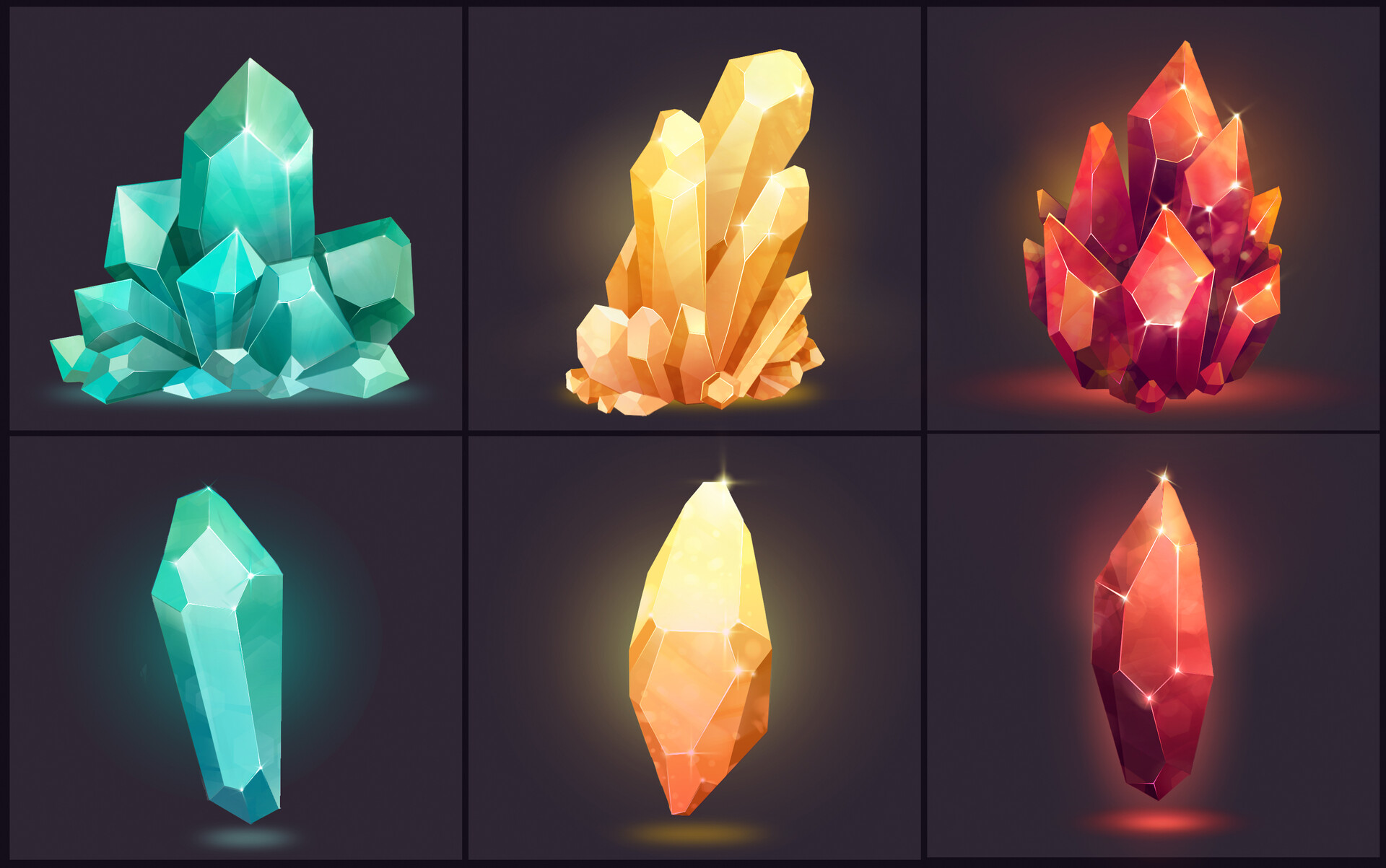

"The idea is that large crystals take time to grow." "In magmatic minerals, crystal size is traditionally linked to cooling time," said Lee, Rice's Harry Carothers Wiess Professor of Geology and chair of the Department of Earth, Environmental and Planetary Sciences at Rice.

The research by Phelps, Rice's Cin-Ty Lee and Southern California geologist Douglas Morton attempts to answer a question that has long vexed mineralogists: How can such large crystals be in pegmatites? South Dakota's Etta mine, for example, features log-sized crystals of lithium-rich spodumene, including one 42 feet in length in weighing an estimated 37 tons. Pegmatites are formed when rising magma cools inside Earth, and they feature some of Earth's largest crystals. "If we can understand the basics of pegmatite growth rates, it's one step in the direction of understanding the whole picture of how and where they form."

"This is one step towards understanding how Earth concentrates lithium in certain places and minerals," said Rice graduate student Patrick Phelps, co-author of a study published online in Nature Communications. Another common find is lithium, a vital component of electric car batteries. Aquamarine, emerald, garnet, zircon and topaz are but a few of the crystalline minerals found mostly in pegmatites, veinlike formations that commonly contain both large crystals and hard-to-find elements like tantalum and niobium.


 0 kommentar(er)
0 kommentar(er)
